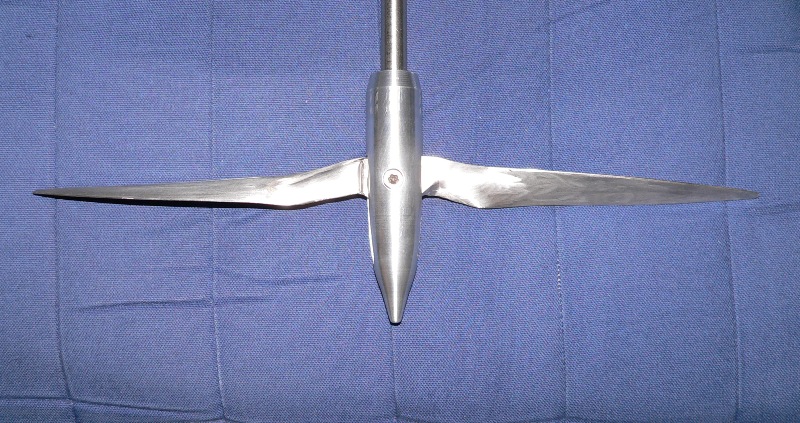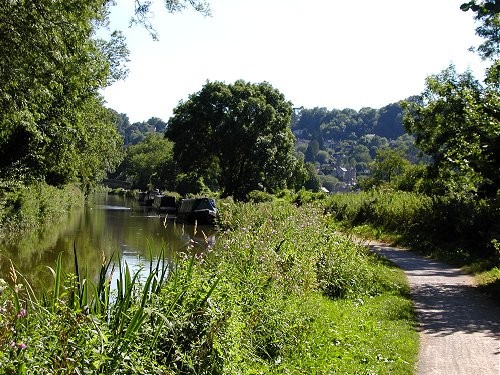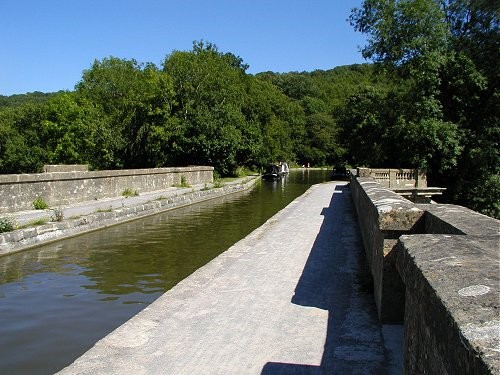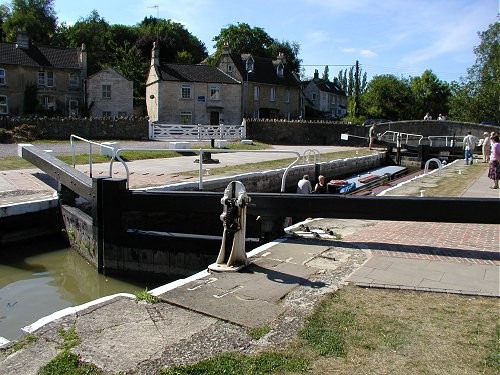Jeremy Harris
100 MW
All has not gone dead on the electric boat project front. Some things have been much harder, and taken far, far more time to sort out than I had hoped, though. The really big challenge for a very low powered boat such as this project is maximising efficiency everywhere in the system. I spent a lot of time wringing every last lost watt from the electrical systems, then discovered that some of the mechanical parts soaked up far more power to drive than I had hoped. After a lot of fine tuning, I now have a motor that is around 90% efficient at cruise power and a gearbox and drive system that only soaks up about another 5 to 6 watts.
The last challenge, before I get to integrate all this stuff into the boat, has been to get an efficient propeller. Boat propellers are generally pretty dire, I've found. Boat designers don't worry about prop efficiency too much, they pick a diameter that suits the boat and then just make sure the engine is much bigger than really needed, so they have some headroom to play with when it comes to losses. For electric power, particularly where I'm hoping to be pretty much solely reliant of solar charging, I've needed to develop a propeller that will do much, much better than the standard small diameter, wide blade chord, high rpm boat prop. I tried model aircraft propellers, and these do work very well, much, much better than a boat prop if they are made big enough and can turn slow enough to be efficient. The really big problem with them is that they collect weed extremely quickly, so are practically useless.
Luckily, the human powered boat people have been facing the same problem, as they only have a very modest amount of power to play with as well. A chap in Australia, Rick Willoughby, has come up with a neat way of making a folding prop. If the blades catch a bit of weed, then they fold back under the extra load and it slips off. Apparently this system works well. I've spent the last couple of days making a set of stainless steel blades. The starting point is a strip of stainless steel sheet, that is twisted to the correct pitch angles (checked with templates at four radial stations. This is then cut to a rough profile shape and has stiffening pieces silver soldered to the root section:
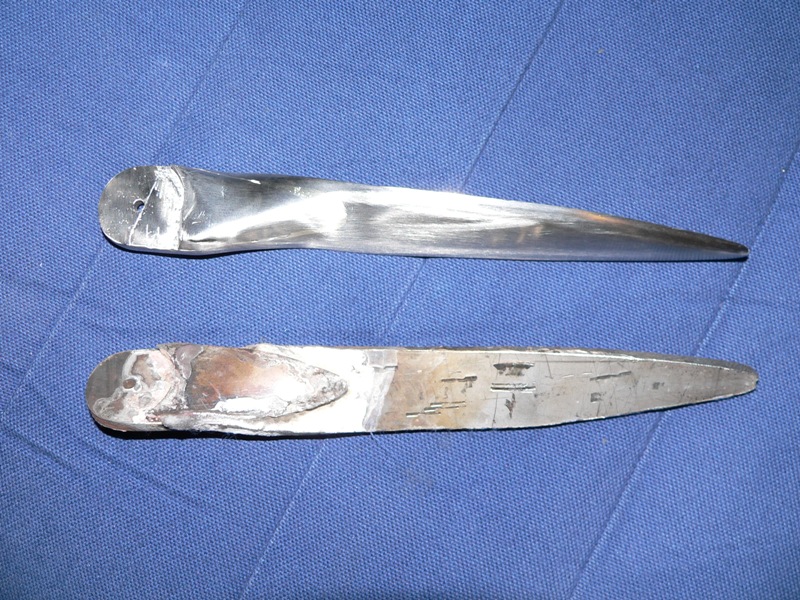
The grotty bottom one is a near raw blank, the top is a partially finished blade.
The blades are then hand ground to shape, using templates to get the right aerofoil section at each point. This doesn't take as long as some may think, perhaps an hour or so per blade. Much of the time is spent checking to make sure both blades are identical and follow the templates accurately.
This is a shot of the finished blades in a partially finished hub:
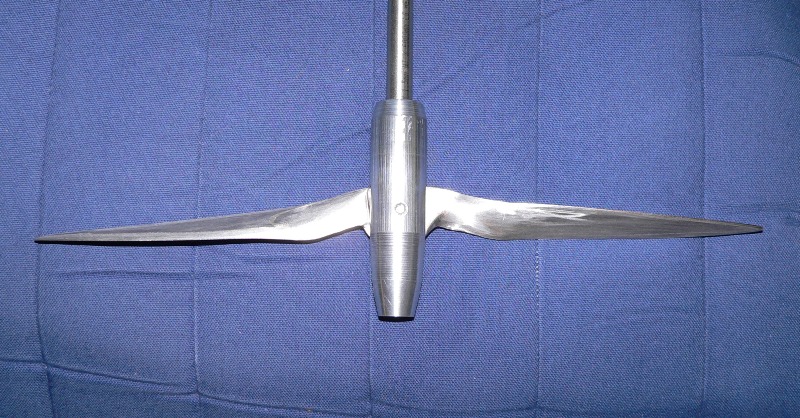
They will fold backwards (down in this picture) if a bit of weed gets caught on one. The other thing that helps this weed clearance method is that the prop only spins at around 400 rpm at cruise speed, as it's 13" in diameter, massive for a very light two person river boat.
The drive system for this uses a right angle gearbox. I'm currently working on the moulded fairing that fits around this to reduce drag. The motor is my re-wound, low Kv, Towerpro, fitted with Hall sensors and driven by a modified low voltage xeichang 116 six FET controller. The boat hull is one of these pedal boats, minus the pedals: http://www.swallowboats.co.uk/content/view/94/30/
Jeremy
The last challenge, before I get to integrate all this stuff into the boat, has been to get an efficient propeller. Boat propellers are generally pretty dire, I've found. Boat designers don't worry about prop efficiency too much, they pick a diameter that suits the boat and then just make sure the engine is much bigger than really needed, so they have some headroom to play with when it comes to losses. For electric power, particularly where I'm hoping to be pretty much solely reliant of solar charging, I've needed to develop a propeller that will do much, much better than the standard small diameter, wide blade chord, high rpm boat prop. I tried model aircraft propellers, and these do work very well, much, much better than a boat prop if they are made big enough and can turn slow enough to be efficient. The really big problem with them is that they collect weed extremely quickly, so are practically useless.
Luckily, the human powered boat people have been facing the same problem, as they only have a very modest amount of power to play with as well. A chap in Australia, Rick Willoughby, has come up with a neat way of making a folding prop. If the blades catch a bit of weed, then they fold back under the extra load and it slips off. Apparently this system works well. I've spent the last couple of days making a set of stainless steel blades. The starting point is a strip of stainless steel sheet, that is twisted to the correct pitch angles (checked with templates at four radial stations. This is then cut to a rough profile shape and has stiffening pieces silver soldered to the root section:

The grotty bottom one is a near raw blank, the top is a partially finished blade.
The blades are then hand ground to shape, using templates to get the right aerofoil section at each point. This doesn't take as long as some may think, perhaps an hour or so per blade. Much of the time is spent checking to make sure both blades are identical and follow the templates accurately.
This is a shot of the finished blades in a partially finished hub:

They will fold backwards (down in this picture) if a bit of weed gets caught on one. The other thing that helps this weed clearance method is that the prop only spins at around 400 rpm at cruise speed, as it's 13" in diameter, massive for a very light two person river boat.
The drive system for this uses a right angle gearbox. I'm currently working on the moulded fairing that fits around this to reduce drag. The motor is my re-wound, low Kv, Towerpro, fitted with Hall sensors and driven by a modified low voltage xeichang 116 six FET controller. The boat hull is one of these pedal boats, minus the pedals: http://www.swallowboats.co.uk/content/view/94/30/
Jeremy


